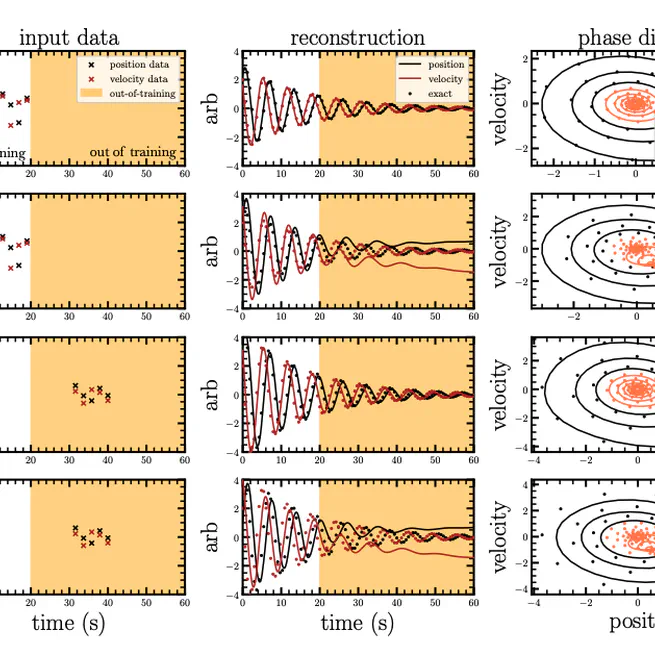
ML Sampson, P Melchior (2024) Latent ODE models provide flexible descriptions of dynamic systems, but they can struggle with extrapolation and predicting complicated non-linear dynamics. The latent ODE approach implicitly relies on encoders to identify unknown system parameters and initial conditions, whereas the evaluation times are known and directly provided to the ODE solver.
Oct 1, 2024
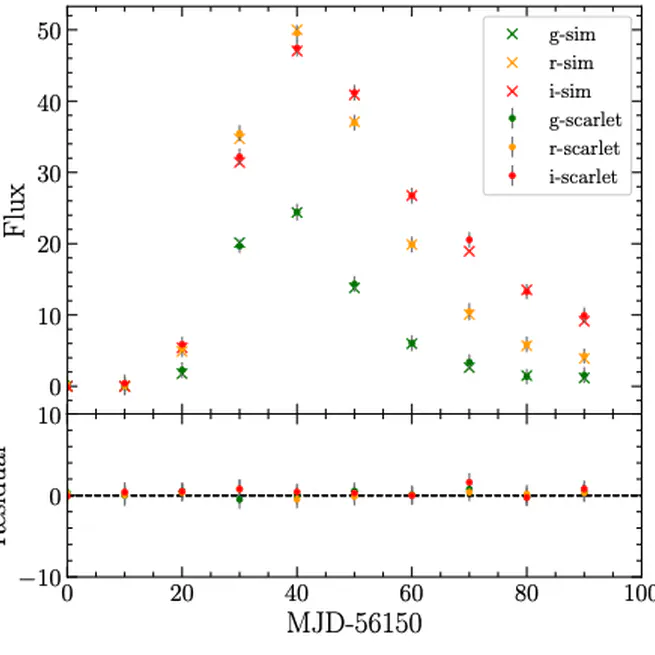
Many science cases for wide-field time-domain surveys rely on accurate identification and characterization of the galaxies hosting transient and variable objects. In the era of the Legacy Survey of Space and Time (LSST) at the Vera C.
Sep 1, 2024

We present the implementation of a score-matching neural network that represents a data-driven prior for non-parametric galaxy morphologies. The gradients of this prior can be included in the optimization routine of the recently developed multi-band modeling framework Scarlet2, a redesign of the Scarlet method currently employed as deblender in the pipelines of the HyperSuprimeCam survey and the Rubin Observatory.
Feb 1, 2024
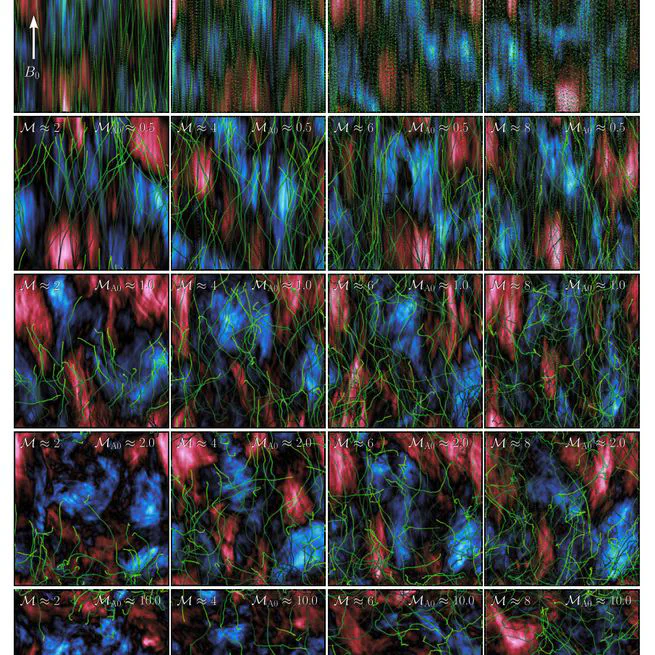
ML Sampson, JR Beattie, MR Krumholz, RM Crocker, C Federrath, A Seta (2023) Cosmic rays (CRs) are a dynamically important component of the interstellar medium (ISM) of galaxies. The ∼GeV CRs that carry most CR energy and pressure are likely confined by self-generated turbulence, leading them to stream along magnetic field lines at the ion Alfvén speed.
Aug 1, 2023
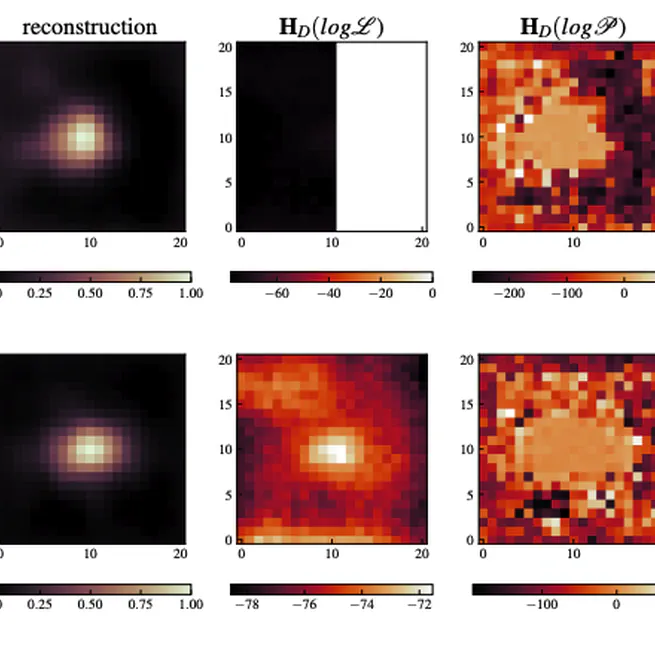
Hallucinations are an inescapable consequence of solving inverse problems with deep neural networks. The expressiveness of recent generative models is the reason why they can yield results far superior to conventional regularizers; it can also lead to realistic-looking but incorrect features, potentially undermining the trust in important aspects of the reconstruction.
Aug 1, 2023
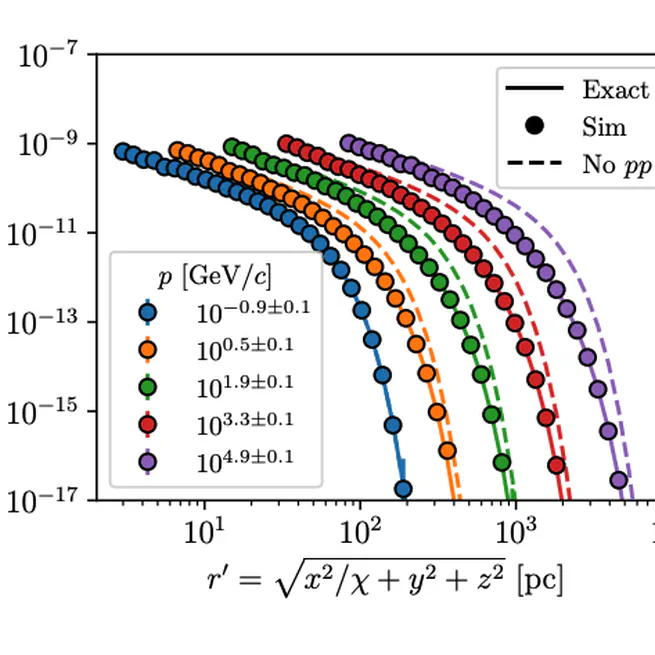
We present criptic, the Cosmic Ray Interstellar Propagation Tool using Itô Calculus, a new open-source software package to simulate the propagation of cosmic rays through the interstellar medium and to calculate the resulting observable non-thermal emission.
Oct 1, 2022
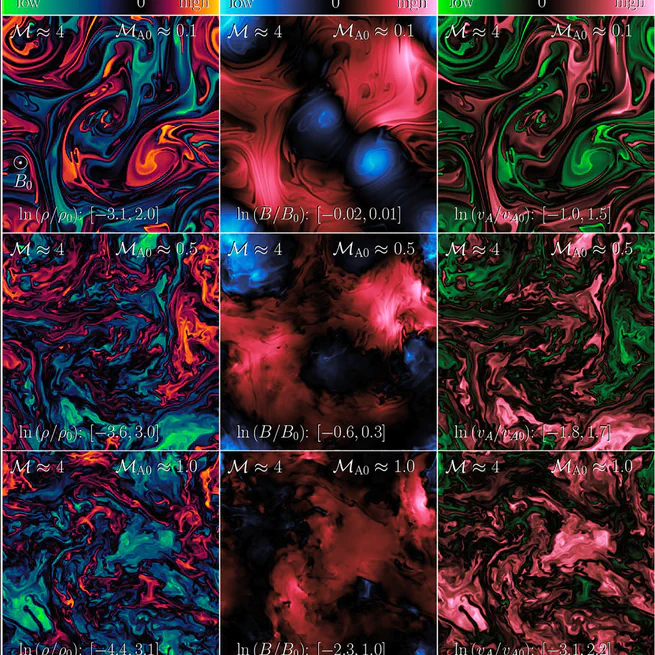
The interstellar medium (ISM) of star-forming galaxies is magnetized and turbulent. Cosmic rays (CRs) propagate through it, and those with energies from ∼ GeV − TeV are likely subject to the streaming instability, whereby the wave damping processes balances excitation of resonant ionic Alfvén waves by the CRs, reaching an equilibrium in which the propagation speed of the CRs is very close to the local ion Alfvén velocity.
Aug 1, 2022
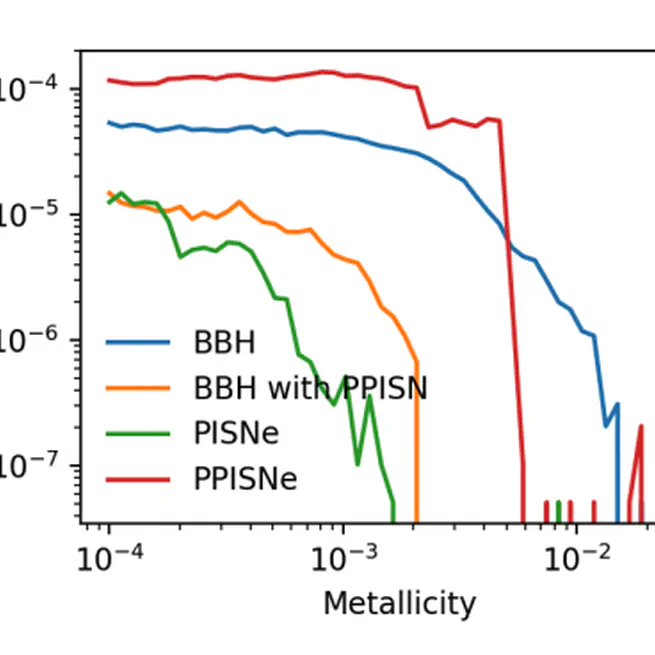
A population of binary black hole mergers has now been observed in gravitational waves by Advanced LIGO and Virgo. The masses of these black holes appear to show evidence for a pileup between 30 and 45 M⊙ and a cutoff above ∼45 M⊙.
Aug 1, 2019